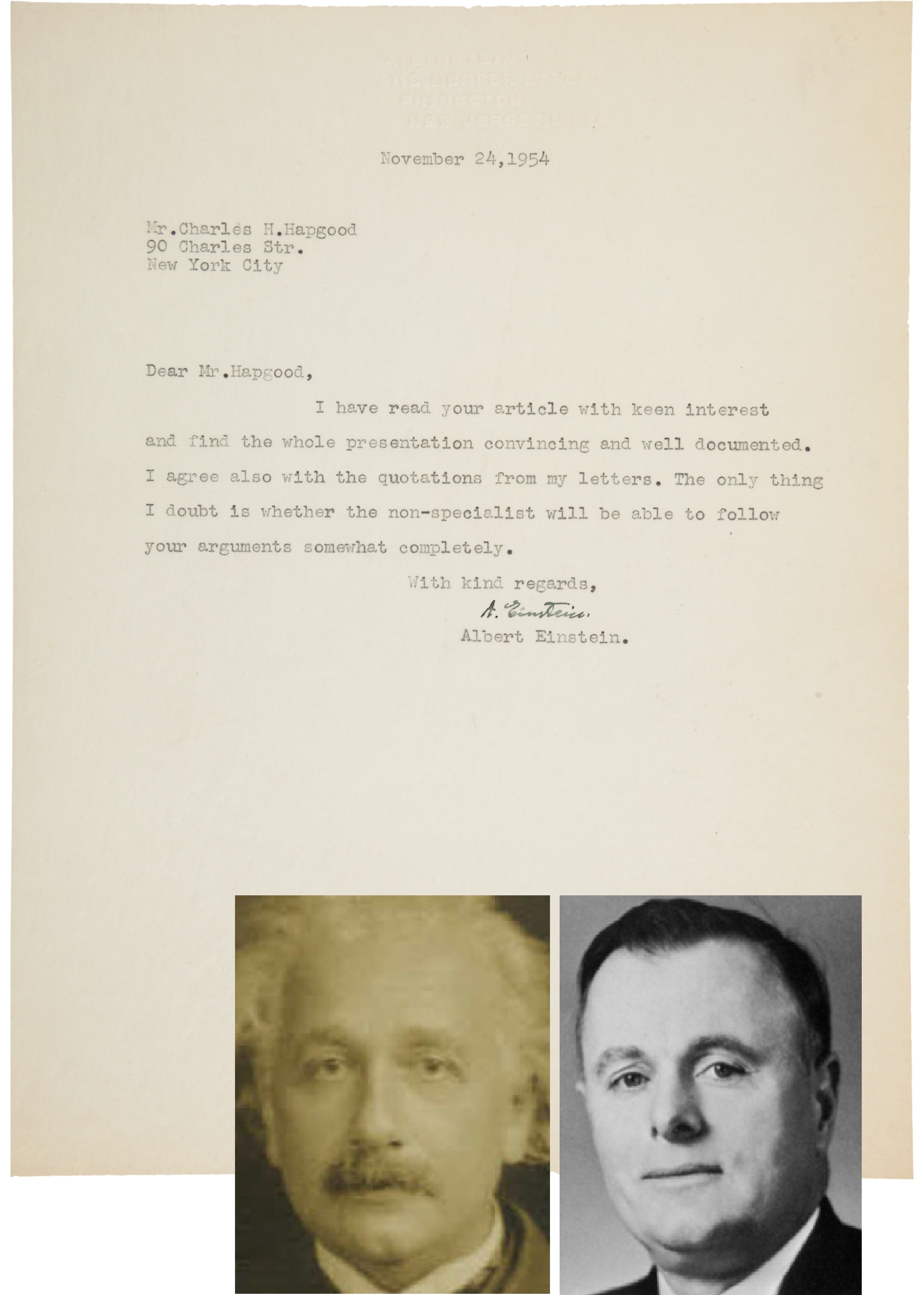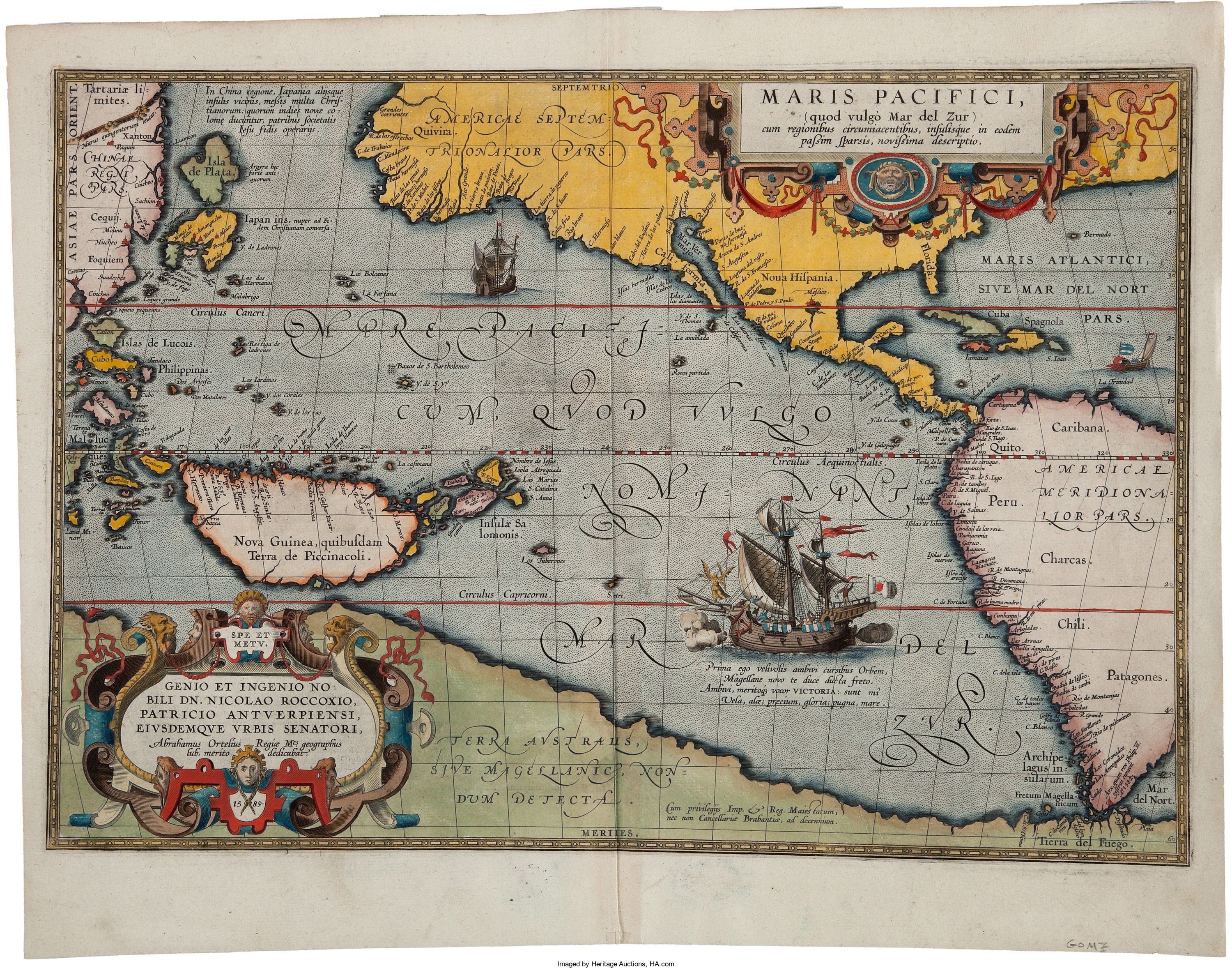
By Jim O’Neal
To my knowledge, the only trained geologist I have met is Simon Winchester. He is now a successful journalist and author. Most of the people I know tend to look up or back (in history) as opposed to downward. I assume most geologists are average, normal people, except when I read about 20th century geology and the difficulties they had in reaching anything close to a consensus about Earth.
As early as 1912, a German – Alfred Wegener – developed the theory that the continents had come together in a single landmass before it drifted apart (he called it Pangaea). However, virtually everyone else argued that continents moved up and down, but definitely not “sideways.” They developed elaborate theories to explain all the evidence.
Just before he died in 1955, Albert Einstein enthusiastically endorsed a theory by geologist Charles Hapgood, who wrote the book “Earth’s Shifting Crust: A Key to Some Basic Problems of Earth Science.” Hapgood systematically debunked the theory of continental drift and dismissed anyone who believed it as “gullible.” When it was finally realized that the whole crust of the Earth was in motion – and not just the continents – it took a while to settle on a new name.
It wasn’t until 1968, when the Journal of Geophysical Research published an article by three American seismologists, that the new science was dubbed plate tectonics. Still, as late as 1980, one in eight geologists didn’t believe in plate-tectonic theory. It is not clear if there are any continental drift-deniers left, but we know for sure that the pre-1492 American and Eurasian ecosystems existed in complete isolation for thousands of years. The arrival of the first Europeans in North and Central America reconnected them and started what was to become known as the great Columbian Exchange.
Lives and economies that had evolved gradually over centuries were suddenly transformed by the influx of new crops, animals, technology and pathogens. Many of the effects were unforeseen and generally misunderstood by both American Indians and Europeans; but once the first landing occurred, massive changes were inexorably under way. One small example is that 60 percent of all crops grown in the world today originated in the Americas. A more immediate and devastating impact was the introduction of new diseases into the Americas that wiped out hundreds of thousands of Indians who had no biological defenses against small pox, measles, malaria, chickenpox and yellow fever.
The dramatic and irrevocable changes brought about on both sides of the Atlantic by the Columbian Exchange continued to shape lives for centuries, just as the movement of the Earth’s crust shapes our lives today by earthquakes, ocean movements and other ecological events.
We live in and on things that will continue to change as our televisions remind us every day. The longer-term changes are still being debated and are now politicized to the point where prudent policies are paralyzed. It must be something in our DNA.
 Intelligent Collector blogger JIM O’NEAL is an avid collector and history buff. He is president and CEO of Frito-Lay International [retired] and earlier served as chair and CEO of PepsiCo Restaurants International [KFC Pizza Hut and Taco Bell].
Intelligent Collector blogger JIM O’NEAL is an avid collector and history buff. He is president and CEO of Frito-Lay International [retired] and earlier served as chair and CEO of PepsiCo Restaurants International [KFC Pizza Hut and Taco Bell].

